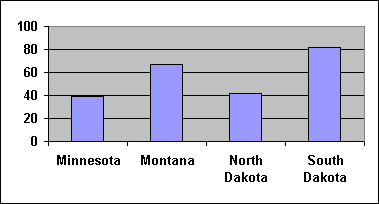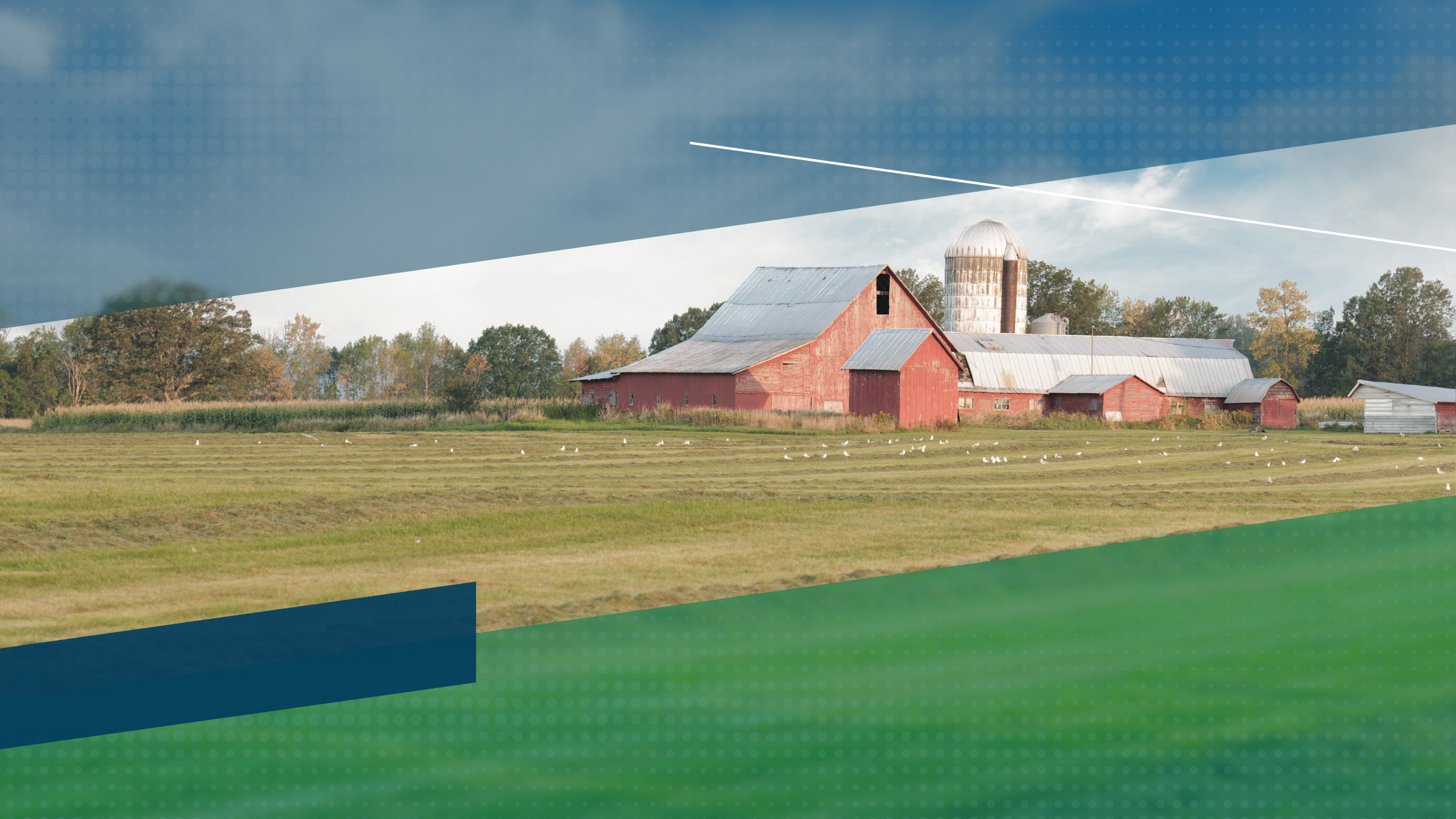Agricultural financial conditions were poor in Montana and South Dakota and fair in Minnesota and North Dakota, according to the Minneapolis Fed's third-quarter agricultural credit conditions survey. An overwhelming majority of surveyed lenders in Montana and South Dakota reported that the overall income of their farm and livestock customers continued to fall, due to severe drought and lower livestock prices. In addition, district lenders reported that their dairy customers' income decreased. However, many Minnesota and North Dakota crop producers enjoyed nearly ideal growing conditions and higher prices. "It is a rare time for all of livestock to suffer while the row crops could have dramatic income/acre increases over past years," commented a Minnesota respondent. Montana and South Dakota lenders were very pessimistic about farm income for the fourth quarter of 2002, as were district dairy lenders.
Farm income
The survey suggested that third-quarter overall farm income decreased from a year ago. The majority of survey respondents, 58 percent, reported a decrease in farm income, while less than one in 10 noted an increase. Bankers were especially negative in Montana and South Dakota as 67 percent and 82 percent of respondents, respectively, reported decreased agricultural income. Many respondents attribute troubles to the severe drought and lower cattle and dairy prices. "Drought conditions this summer will limit crop income," wrote a South Dakota lender. "Prices for calves this season are off $10 to $15 a hundred [weight]," a Montana lender reported. Three-quarters of district lenders reported that their dairy customers had lower income.
Meanwhile, row-crop producers in Minnesota and North Dakota are faring better. About 60 percent of Minnesota and North Dakota lenders indicated that farm income had increased or unchanged. "Excellent crop outlook for both yield and price. Prices for milk and hogs are considerably below break-even," commented a Minnesota respondent.
Decreased Farm Income From a Year AgoPercent of Respondents |
 Source: Federal Reserve Bank of
Minneapolis
|
Farm household and capital spending
Household income and capital spending followed approximately the same pattern as farm income. Household spending remained relatively smooth, as 34 percent of overall respondents reported lower household spending, and 60 percent expected no change. Half the South Dakota respondents revealed lower household spending, while only 12 percent of Minnesota lenders reported decreases. Meanwhile, the fall in capital spending was severe: 55 percent of lenders overall indicated decreased levels, with a high of 81 percent of South Dakota bankers and a low of 25 percent of Minnesota respondents.
Loan repayments and renewals
As income decreases, farmers and ranchers have a tough time borrowing and repaying loans. District bankers reported that 29 percent of their agricultural customers are borrowed up to their loan limit. "Being borrowed up their loan limit is driven by repayment ability," commented a North Dakota lender. Nearly a third of respondents indicated lower loan repayments, while only 6 percent reported increased loan repayments. This again varies by state, as 44 percent and 45 percent of Montana and South Dakota lenders, respectively, said loan repayments were down, while 21 percent and 23 percent of Minnesota and North Dakota bankers reported decreases.
Meanwhile, as loan repayments decrease, loan renewals actively increased. Thirty-one percent of respondents reported increases in loan renewals, but a mere 3 percent reported decreases. The state pattern holds again as 44 percent and 36 percent of Montana and South Dakota lenders, respectively, said loan renewals were up, while 21 percent and 23 percent of Minnesota and North Dakota bankers reported increases.
Demand for loans and required collateral
Not only have loan renewals increased, overall loan demand edged up in the third quarter. A quarter of district respondents indicted increased demand compared with 18 percent that reported decreased loan demand. While over half of Montana respondents indicated increased loan demand, only 9 percent on Minnesota lenders indicated an increase.
Meanwhile, collateral requirements are increasing at a few banks. Fourteen percent said that collateral requirements increased, while the remaining indicated no change in collateral requirements. However, a third of Montana lenders reported increased collateral requirements.
Land values
Overall land prices continue to increase. The average nonirrigated farmland price was $985 per acre during the third quarter of 2002, an increase of 7 percent from the third quarter of 2001. Meanwhile, the average ranchland price was $437 per acre—an increase of 26 percent from a year ago. Land prices varied significantly by state, as the average ranchland price was $161 per acre in North Dakota compared with $871 per acre in Minnesota. "Land values are influenced by housing sites in the country," wrote a Minnesota banker.





